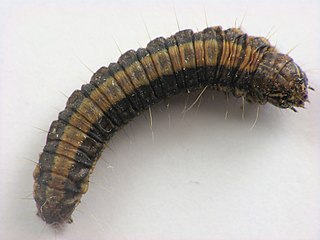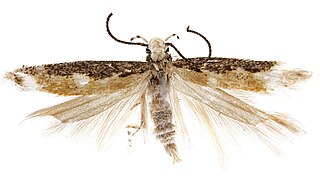Related Research Articles
Cappadocian, also known as Cappadocian Greek or Asia Minor Greek, is a mixed language originally spoken in Cappadocia by descendants of the pre-Turkic peoples of Anatolia. The language originally diverged from Byzantine Greek after the late medieval migrations of the Turks from Central Asia into what is now Turkey began cutting the Cappadocians off from the rest of the Greek-speaking Byzantine Empire. As a result of the population exchange between Greece and Turkey in 1923, all remaining speakers were forced to emigrate to Greece where they were resettled in various locations, primarily in Central and Northern Greece. The Cappadocians were encouraged to shift to Standard Modern Greek as part of their integration into Greece, and their language was thought to be extinct since the 1960s. In June 2005, Mark Janse and Dimitris Papazachariou discovered Cappadocians in Central and Northern Greece who could still speak their ancestral language fluently. Many are middle-aged, third-generation speakers who take a very positive attitude towards the language, as opposed to their parents and grandparents. The latter are much less inclined to speak Cappadocian and more often than not switch to Standard Modern Greek.

Dichomeris is a genus of moths in the family Gelechiidae erected by Jacob Hübner in 1818.
Ephysteris is a genus of the twirler moth family (Gelechiidae). Among these, it is assigned to tribe Gnorimoschemini of the subfamily Gelechiinae. Even though it is a rather diverse and widespread group, most of these small and inconspicuous moths were overlooked by scientists until the early 20th century. Almost 90 species are known today, but new ones are still being discovered.

Neotelphusa is a genus of moths in the family Gelechiidae.

Pseudotelphusa is a genus of moths in the family Gelechiidae.

Pyncostola is a genus of moths in the family Gelechiidae.
Schizovalva is a genus of moths in the family Gelechiidae.

Stomopteryx is a genus of moths in the family Gelechiidae.

Syncopacma is a genus of moths in the family Gelechiidae.

Athetis is a genus of moths of the family Noctuidae. The genus was erected by Jacob Hübner in 1821.

The Epipaschiinae are a subfamily of snout moths. Almost 600 species are known today, which are found mainly in the tropics and subtropics. Some occur in temperate regions, but the subfamily is apparently completely absent from Europe, at least as native species. A few Epipaschiinae are crop pests that may occasionally become economically significant.
Rohan Janse van Rensburg is a South African rugby union player for English Premiership side Sale Sharks. His regular position is inside centre.

Gelechiinae is a subfamily of moths in the family Gelechiidae. It was described by Henry Tibbats Stainton in 1854.

Anacampsinae is a subfamily of moths in the family Gelechiidae.
Anomologinae is a subfamily of moths in the family Gelechiidae.
Apatetrinae is a subfamily of moths in the family Gelechiidae. The subfamily was described by Edward Meyrick in 1947.
Blastovalva anisochroa is a moth of the family Gelechiidae. It was described by Anthonie Johannes Theodorus Janse in 1960. It is found in South Africa.
Blastovalva haplotypa is a moth of the family Gelechiidae. It was described by Anthonie Johannes Theodorus Janse in 1960. It is found in South Africa.
Dr Anthonie Johannes Theodorus Janse, also known as Antonius Johannes Theodorus Janse and by other orthographic variations, was a pioneer of South African entomology who specialised in Lepidoptera. His multi-volumed work, The Moths of South Africa is recognized as a definitive text.
References
| This article on a moth of the subfamily Anacampsinae is a stub. You can help Wikipedia by expanding it. |